Making sense of all of your data from all of your projects can feel like trying to understand a foreign language. But, when we break it down into steps, it starts to make a lot more sense.

- News
Schedule Updates Are Surging. What Does It Mean?
One of the most fundamental aspects of creating and maintaining a CPM schedule is the practice of regularly and routinely updating it. CPM experts James O’Brien and Frederic L. Plotnick attest to this point with an insightful analogy in the latest edition of their renowned CPM in Construction Management:
“In early CPM applications, the CPM network was left to its own devices once the project was in progress. The planners, confident that they had planned the project more carefully than ever before, did not follow up on their careful efforts. The result was similar to buying an automobile and then letting it break down because the oil was not changed.”
This analogy vividly illustrates the importance of staying actively engaged with your CPM schedule. Continuously updating your schedule ensures smooth project execution, much like maintaining a car to prevent avoidable problems.
Luckily, despite the previous challenges and resistance towards frequent schedule updates, SmartPM’s project database indicates a notable increase in the frequency of updates per project submitted from 2018–2023, indicating a positive shift towards embracing proactive schedule maintenance.
Visualizing the Shift in Schedule Updates
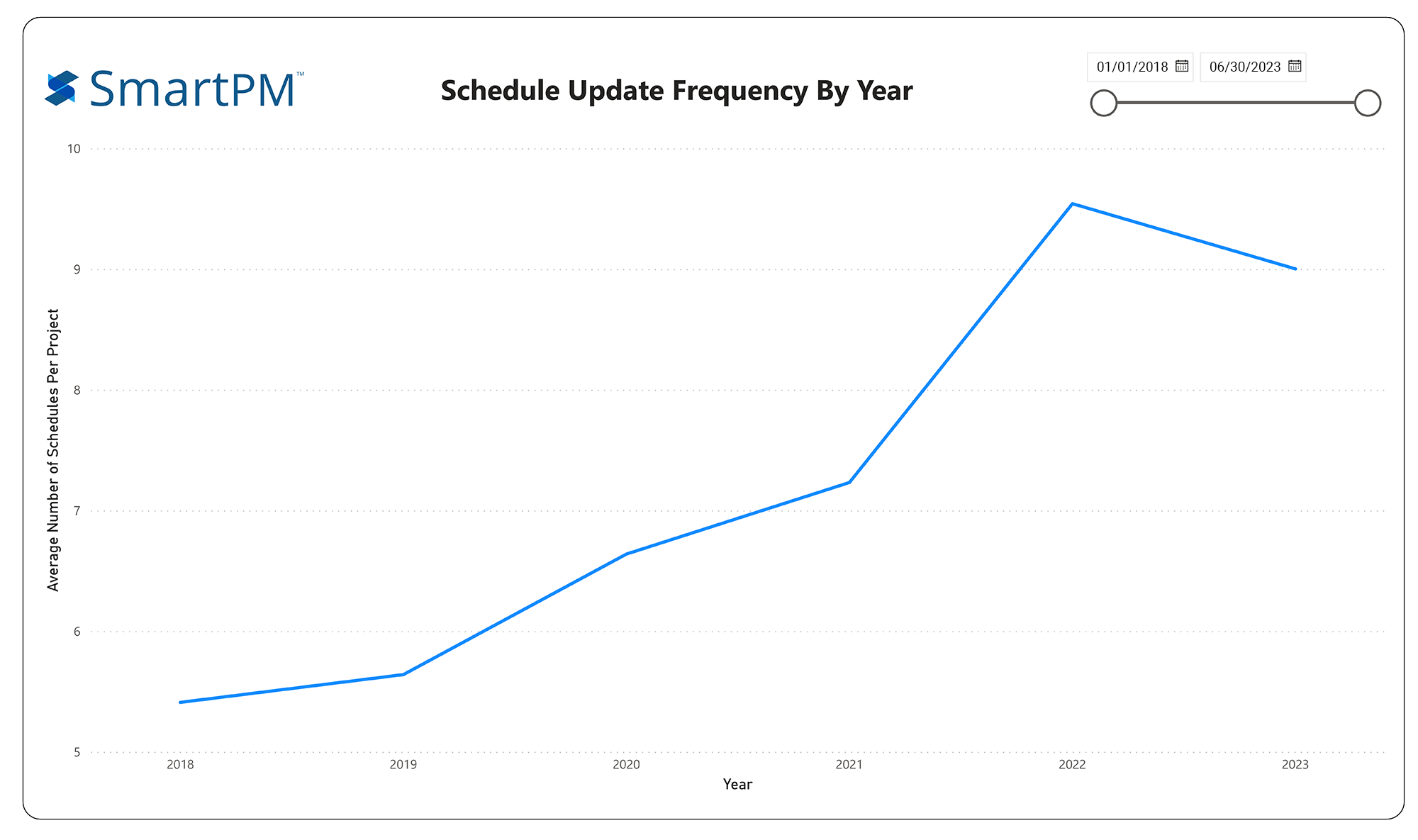
The graph above illustrates the yearly average of schedule updates per project from 2018 to 2023. As evidenced by the data, there’s a noticeable surge in updates, with 2022 seeing a peak at 9.54 updates for each of the 2,500 projects analyzed.
While the data for 2023 is incomplete, as it only covers the first half of the year, it nevertheless paints a compelling picture. The data clearly indicates that the trend of increased schedule updates is set to continue its upward trajectory, with 2023 set to almost double the number of updates in 2022.
To prove this point further, we can look at the average monthly updates submitted from the beginning of 2019 until halfway through 2023.
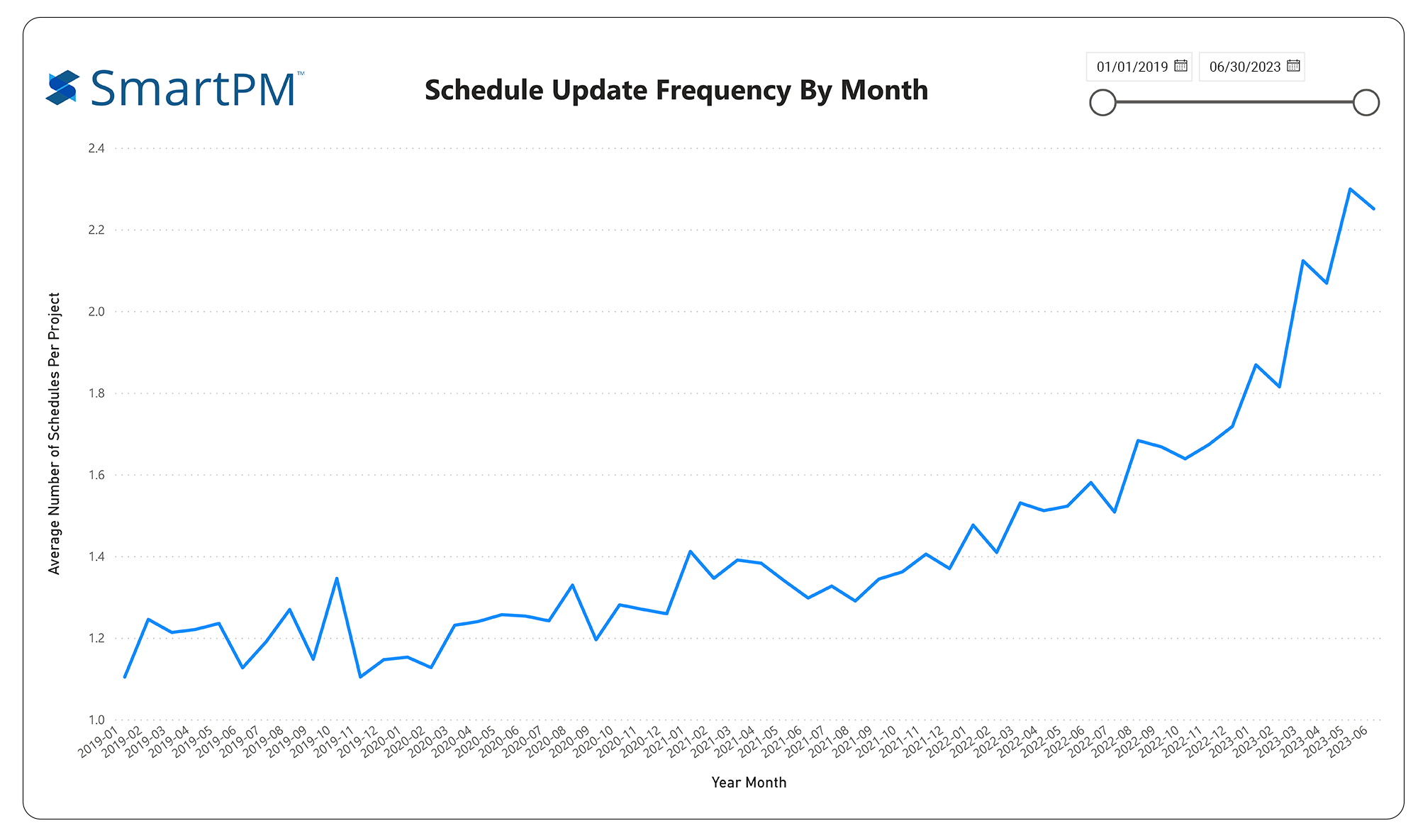
By looking at the average number of updates per month, you can see that 2023 is clearly surpassing every other year. While the average was below 1.5 updates per month before 2022, teams are now consistently submitting at least 2 updates monthly. In specific months like may, this number even reaches 2.3 updates. This impressive shift indicates several things, particularly the industry’s determination to embrace data-centric practices.
Embracing Data in Construction: As Seen Through the Schedule
At the heart of any successful construction project lies a well-managed schedule. Schedules allow project teams to monitor progress, identify potential roadblocks, and take proactive measures. Each of these items is pivotal in ensuring timely and cost-effective project completion.
Schedule updates, then, act as a project’s compass, guiding project teams through the complexities of construction and helping them stay on course.
Historically, contractors submitted an updated schedule every month at most–typically as part of a contractual requirement by owners. The process was as follows. Superintendents would conduct on-site visits and inquire about events that transpired four–if not more– weeks prior. Then, they import this information into an updated schedule.
However, this approach has its limitations. When asking anyone about something that happened weeks ago–especially if that person is actively building a multi-faceted project–the answers received won’t be 100% accurate, resulting in skewed data. With skewed data comes an inaccurate picture of a project’s process, hampering the ability to catch problems before they arise.
Explaining the Surge: Rapid Access to Schedule Metrics
Additionally, manually calculating metrics from one update to the next sometimes takes an entire month, rendering them almost useless for effective project management. Ranjeet Gadhoke, Zachry Construction’s VP of Project Controls, best explains this phenomenon, describing previous challenges with pulling metrics from schedule data:
We would have to export information from our scheduling program and build our own S-curves, calculate schedule compression, and compute float consumption. When the KPIs were finally calculated, it was time to do another monthly update, rendering them almost irrelevant by the time we got it.
However, armed with automated project controls and schedule analytics, the frequency of schedule updates is skyrocketing. As Gadhoke explains:
“It allows us to identify potential roadblocks in our schedule and does it early enough to remediate the issues. It presents information in a graphical format, allowing us to communicate a project’s status quickly and easily. And it can be used to create a high-level overview for the C-Suite executives or a deep dive for the site team.”
As the data explains, project teams are increasingly able to access information from updates quickly, giving them larger, more accurate reporting capabilities and progress information. Gone are the days when project managers had to rely on guesswork and gut feelings to make critical decisions. It seems that, finally, CPM schedules are getting their oil changed on a regular basis.
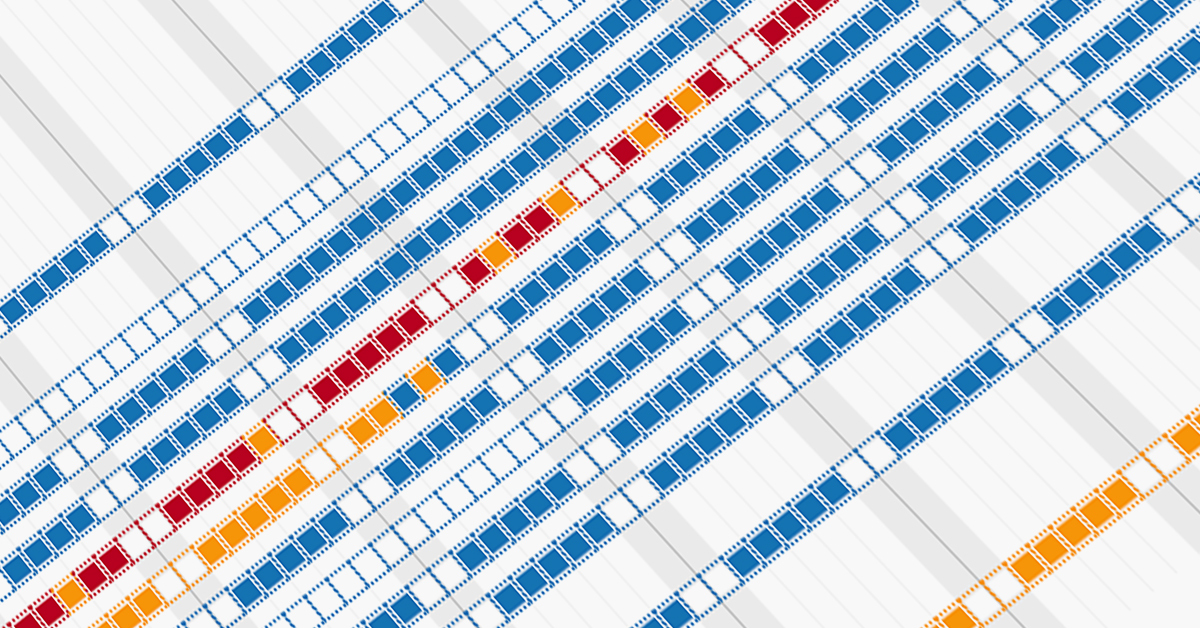
The Data-Driven Advantage
By embracing more regular updates, project teams have gained the advantage of spotting issues earlier in the building process and accessing critical information more quickly. The data-driven approach has ushered in more comprehensive and more accurate reporting capabilities, enhancing overall project visibility.
As the trend shows no signs of slowing down, we can expect construction projects in 2023 and beyond to enjoy even greater success through timely, data-driven decision-making. If you’d like to see how automated quality reports elevate your updating practices, fill out the form below and I’d be happy to show you how.
RELATED STORIES

Making Construction Data Analytics Easier to Understand
Making sense of all of your data from all of your projects can feel like trying to understand a foreign language. But, when we break it down into steps, it starts to make a lot more sense.
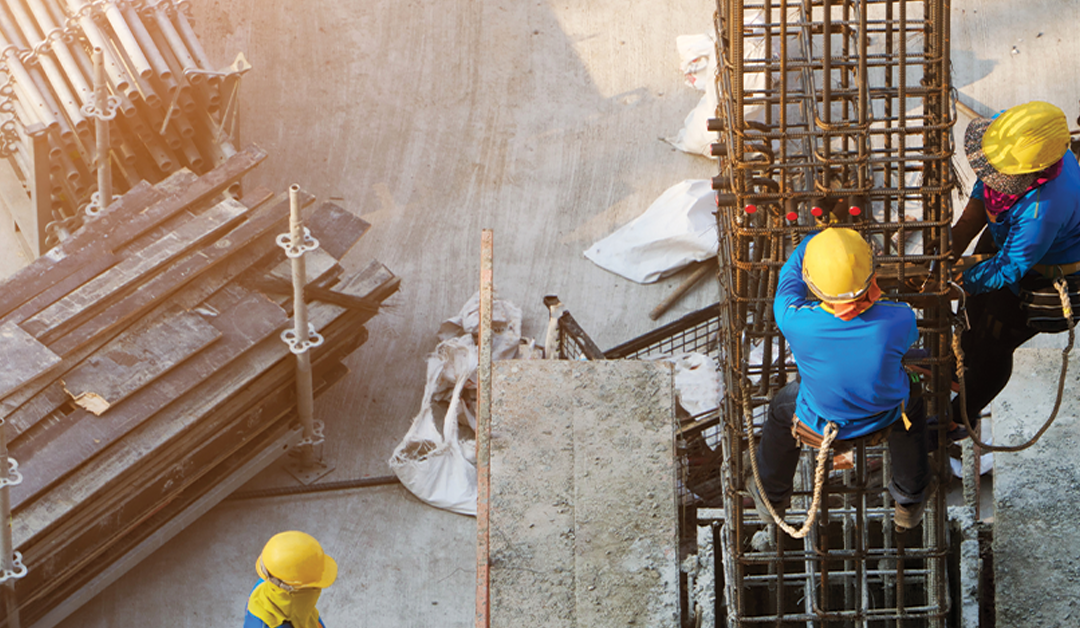
Overcoming Confirmation Bias in Construction Project Management
Confirmation bias can be particularly problematic in project and schedule management, where decisions must be based on accurate and comprehensive information.

Top Construction Scheduling Software in 2023
SmartPM’s recognition as a top construction scheduling software in 2023 attests to the immense value in automated project controls.
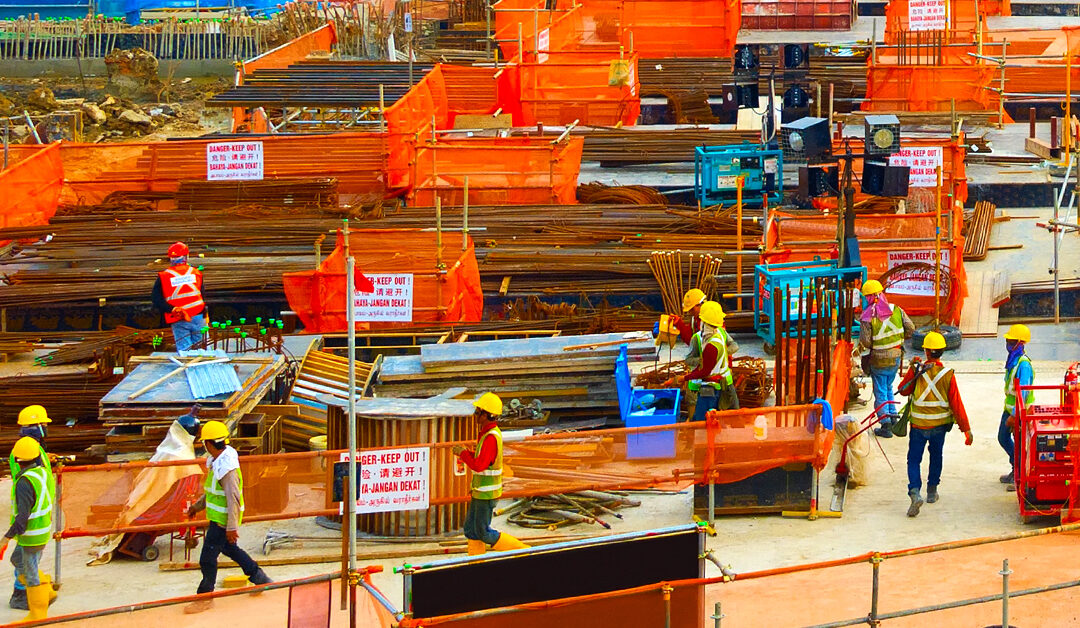
Putting the ‘Smart’ in Project Management with Project Controls
Project controls are not just a subset of project management; they are its backbone, focusing on meticulous monitoring and analysis.

